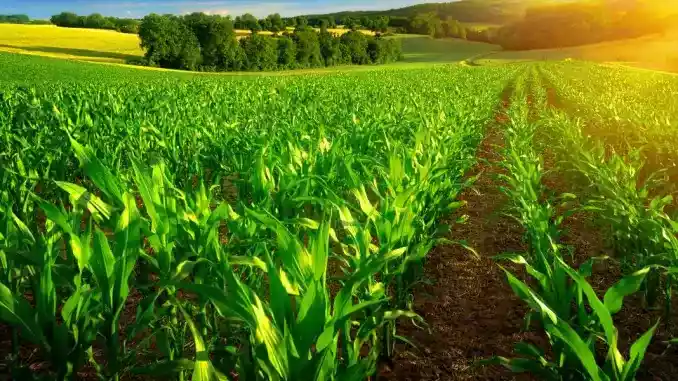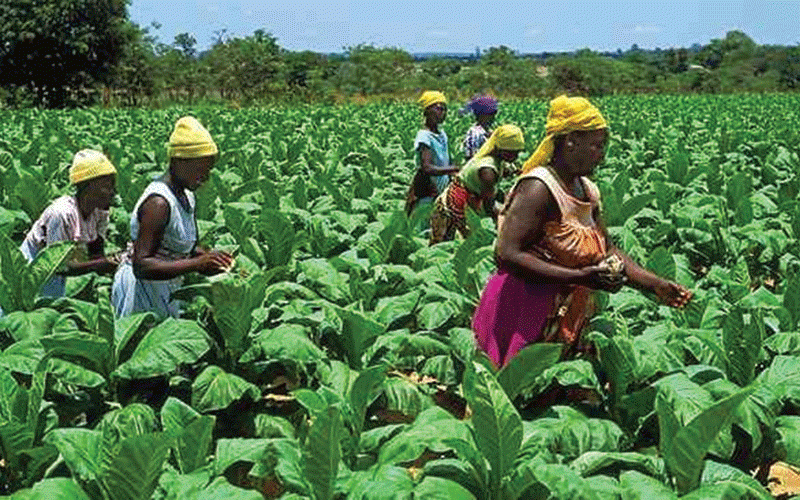
AGRICULTURE should expect to receive 5% of its ZWL$54,9 trillion bid in the 2024 national budget, despite the sector being a key economic driver.
In budget proposals made to Treasury last week, the Lands, Agriculture, Water, Fisheries and Rural development ministry requested a budget of ZWL$54,9 trillion, but Treasury says it will only be able to allocate ZWL$2,8 trillion, which is ZWL$52,1 trillion off the ministry’s requested amount.
The underfunding comes as the country is facing an El Nino-induced drought, which many fear will worsen the country’s overall economic performance, which is partly sustained by the sector’s 10 to 15% contribution to gross domestic product.
“It is noteworthy that there is a huge variance between expenditure target given to the ministry of ZWL$2,8 trillion versus the ministry bid of ZWL$54,9 trillion,” Parliament’s Lands, Agriculture, Water, Fisheries and Rural Development Committee said in its presentation to Treasury last week.
“The ministry is being underfunded, given the inflationary environment in which we are operating, the budget will not be adequate to fund the ministry for the whole 2024 financial year. Agriculture is the mainstay of Zimbabwe as such, to fully realise the potential of the ministry, there is need for adequate financial resources to allow the ministry to deliver on its mandate.”
According to the committee, failure to provide an adequate allocation to agriculture will have significant effects on the economy and production of the country’s top forex earners — tobacco, maize, timber, sugar and cotton.
Tobacco and cotton are the largest foreign currency earners in agriculture with the entire sector contributing 40% of export earnings.
The sector produces 23 types of food and cash crops in addition to the livestock industry.
- Addressing unfair trade key to transforming African food systems
- Private transporters, police clash
- Residents finger ZETDC employees in cables theft
- New perspectives: Building capacity of agricultural players in Zim
Keep Reading
Further, agriculture employs 70% of the country’s rural population with the sector supplying 60% of raw materials.
“The ministry, together with its parastatals and agencies, are expected to fit within the expenditure target. Discussions concerning the adequacy or inadequacy of the budget are centred on the gap between the expenditure target and the mandate budget bid,” the committee said.
The need for more budgetary support to the sector comes as the Zimdollar depreciated by over 700% this year.
“Lands ministry’s 2023 budget was originally sat at ZWL$362 billion and later revised to ZWL$1,6 trillion. The major increase is on the Presidential Input Programme. There has been a noticeable improvement in expenditure towards dam construction and other public sector investment programme projects,” the committee noted.
“Other disbursements went towards employment costs that have increased from ZWL$9,5 billion in 2022 to ZWL$97 billion in 2023. Overall, the revised budget is 458% more than the original budget.”
Zimbabwe has a total land area of 39,6 million hectares of which 33,3 million hectares is agricultural land with the remaining area consisting of national parks, State forests and urban land.











